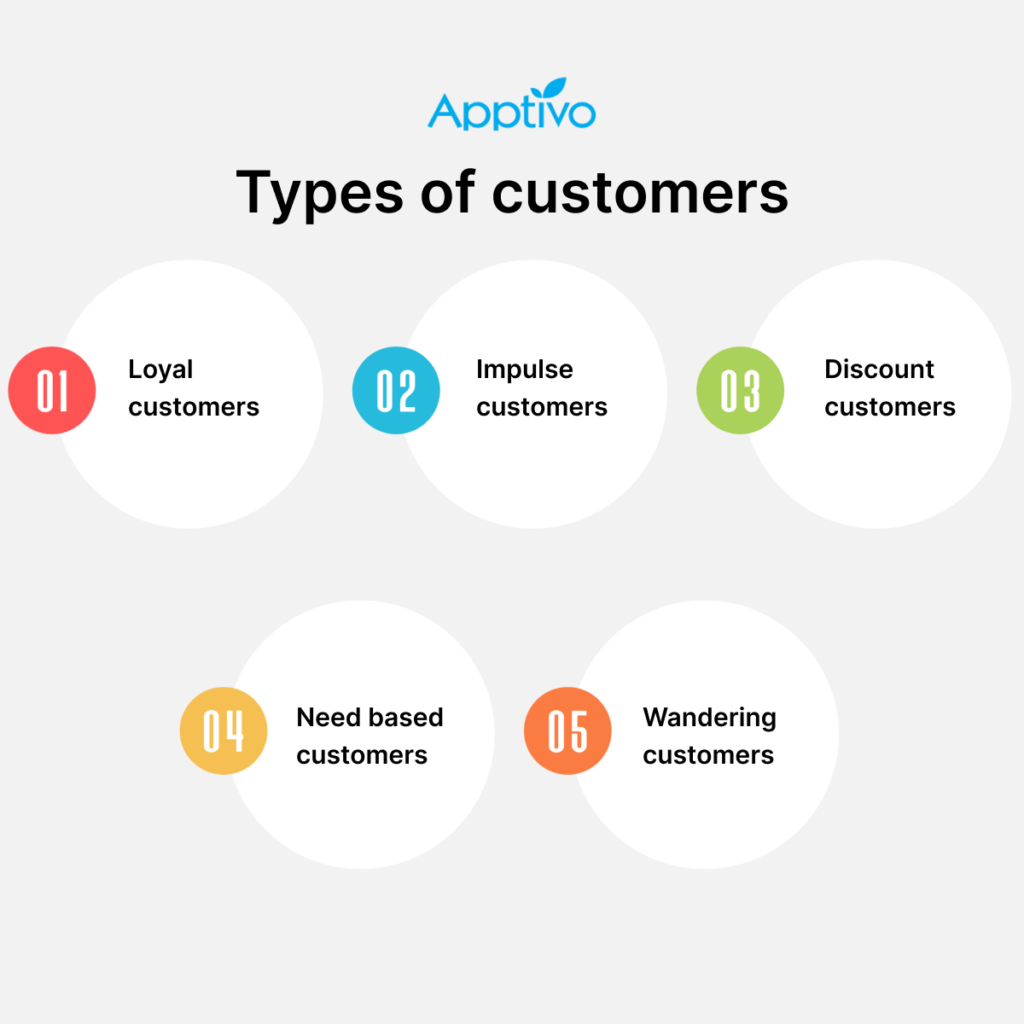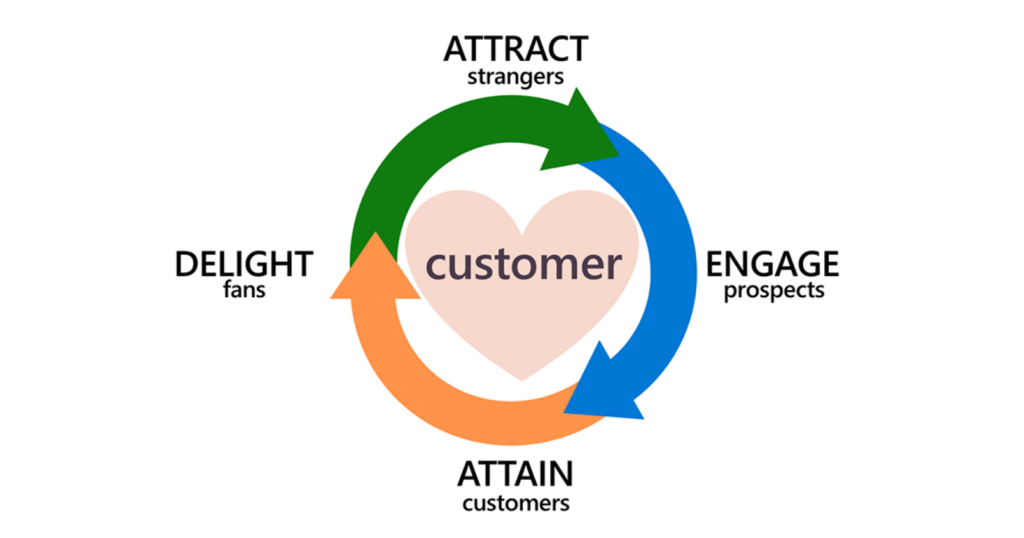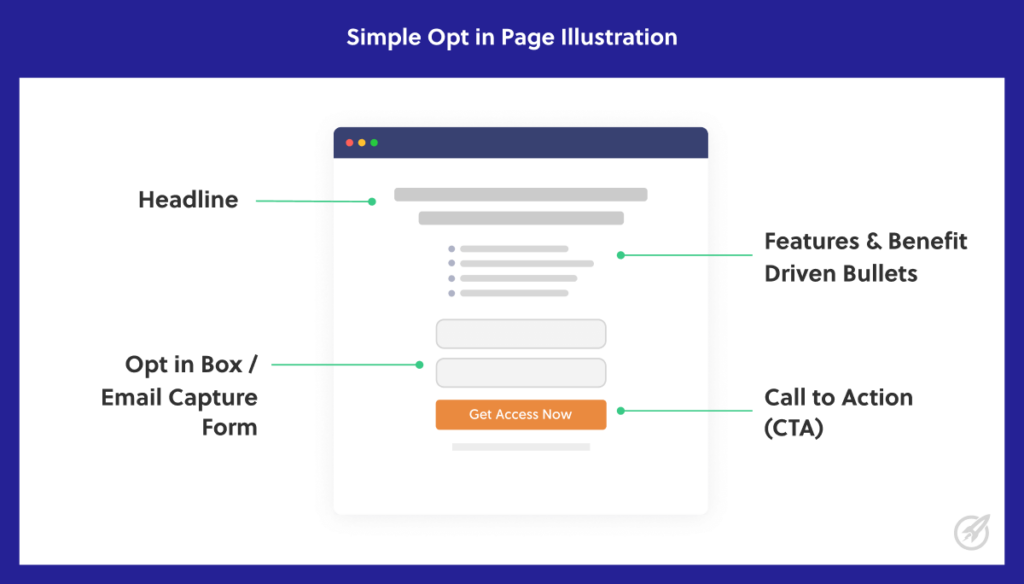
The global CRM market is a monster. That’s because customer relationships can make or break a business.
Incredibly, CRM is expected to reach $80.2 billion by 2025, growing at a significant 10.5% from 2020 to 2025.
Using insights from the most impressive CRM software, we’ve collected our very best CRM tips to help you get ahead.
Here they are.
Our 21 best CRM tips.
- Biggest CRM Tips For Businesses
- 1. Identify your customer segments
- 2. Stick to clear CRM goals
- 3. Choose the right CRM software for you.
- 4. Integrate your CRM with other systems & platforms
- 5. Make data a big priority
- 6. Use automation cautiously – and wisely
- 7. Encourage collaboration
- 8. Monitor (and analyze) your results
- 9. Keep your CRM up to date
- 10. Don’t forget we are all human
- 11. Personalize your communication
- 12. Use customer feedback
- 13. Segment your customers
- 14. Use every interaction to gather data
- 15. Make customer service Your top priority
- 16. Use social media to connect with customers
- 17. Offer incentives for customer loyalty
- 18. Think about long-term relationships
- 19. Make it easy for customers to contact you
- 20. Follow up with customers
- 21. Respect customer preferences
- CRM tips: What Are Less Annoying CRM Options?
- CRM Tips For Businesses: A Summary
Biggest CRM Tips For Businesses
We all know that CRM is not simple, and it’s not an ‘add-on’. To really work, it needs to run through the lifeblood of your business a a priority for everyone.
The best CRM software for startups with more limited resources are the largest adopters of CRM software, using automation, tracking and data features to stay on top of relationships. In fact, 69% of small businesses reported using CRM tools in 2020.
Ultimately, customers control the fate of business through word of mouth, online reviews and PR.
Here are our top CRM tips:
1. Identify your customer segments
You’d think that every business would strive to know their customers. After all, it makes sense that this is how you’d manage those relationships.
Not so. A significant number of businesses put almost zero thought into understanding their customers.
Bucking this trend is the first step to good Customer Relationship Management, and the more you know about them, the better you’ll be able to tailor different CRM systems to your (and their) needs.
Do you know your loyal fans from your impulse buyers?

2. Stick to clear CRM goals
The second most important part of CRM management is having a clear plan yourself.
You need to identify exactly what you hope (and expect) to achieve with your CRM efforts.
Then, you need to stick to these goals religiously to guide your strategy. Note: once you’ve set and defined goals, don’t keep chopping and changing on a whim.
Be pragmatic and clear in what you’re trying to do.
Then it’s just about executing that strategy over days, months and (hopefully) years.
3. Choose the right CRM software for you.
You might not know how many CRM software options are available (we do because review them).
Seriously, there are literally thousands.
Picking the right one is the important bit, and here’s where you need to be careful about being honest about who you are. If you’re a small company and looking for business tips, don’t get lured into a CRM system that’s designed for a multi-national.
You’ll be overwhelmed by features that you don’t know how to use.
Instead, you’d want to go for a smaller, more compact CRM tool, which matches your status.
(If you are a bigger business then it’s likely you have legacy software, but you’d also need one with multiple integrations).
You’re only as good as your CRM system – so choose one that fits your business, size, needs and budget.
4. Integrate your CRM with other systems & platforms
Let’s be honest, customer relationship management doesn’t happen across just one platform (that would be lovely).
No, your relationships likely exist all over the place.
- On social media.
- Email.
- Comments on your website.
- Through the platform itself.
Ultimately, you’ll want a CRM system that allows you to connect different platforms and strategies, so you might want to look into integrating your email, or your shopify store, or your social listening tools.
For your own sanity you’ll want to be able to oversee your customer relationships as easily as possible.
5. Make data a big priority
Persona building is about data.
When it comes to managing your relationships, that’s the cold hard truth of it.
By keeping accurate (and useful) data about your customers, you’ll be able to speak to them better, in a more relevant, friendly way.
Making sure you’re hot on the data collection and storage is a sure-fire way to help your CRM efforts all the time.
6. Use automation cautiously – and wisely
Automation in relationship management is now a must.
There’s no way that you – or any business – can justify spending huge swathes of time on tasks that can be automated in seconds.
However, there’s a catch.
And that catch is context.
For example, imagine you’d automated posting a twitter reply under a certain phrase or message. In most places that reply might be good for your brand, and engage customers in a useful way.
But every now and again, the phrase would appear in a truly awful context, which could upset customers and damage relationships.
Be careful with automation – because your customers will get irritated if they feel like they aren’t getting the personal touch.
Another good example is a chatbot virtual assistant (AI) vs chatting online to a real expert (real human).
Which would you prefer?
7. Encourage collaboration
A customer relationship isn’t handled by just one person, or one department.
No, it needs to work across several.
A customer might interact with the payment team, sales team, support team – all in the same company.
That’s why everyone needs to collaborate, and you all need to be on the same page.
Essentially, customer relationship management has multiple stages – from initial attraction to engagement, attainment, and (eventually) delight.
Therefore, it needs to be everyone’s problem. That’s the only way it will be a true priority.

8. Monitor (and analyze) your results
How will you know if your CRM efforts are paying off?
The answer (as it so often is), tends to be metrics and data.
You need to track feedback so you can identify where you’re strong, weak – and where you can improve fastest.
9. Keep your CRM up to date
Just like a phone or mac, make sure to regularly review (and update) your CRM software to make sure it’s both current – and effective.
Beyond the software, check that your system is working.
That might mean analysing how your team are implementing it, how motivated they are, and how you’ve tweaked and improved it over time.
10. Don’t forget we are all human
In a world of spreadsheets, platforms, metrics and data, it’s easy to forget that behind those statistics are real people, with all the stuff that comes with being an actual sentient being.
That means you’ll encounter bad moods, irrational actions, flaws and confusion in customers.
Human interactions make people feel valued, and listened to.
Remember, the fastest way to drive your customers crazy is when they can’t get through that wall of automation…
‘Press one for customer support, press two for…’
The human touch goes a long, long way.
11. Personalize your communication
On the subject of us all being actual people, we do want to be spoken to as individuals.
That’s why most emails start with your name, or some other useful identifier.
If you can customer data to tailor your communication then that’s a great start. Just be careful you don’t go too far with it because too much becomes creepy.
One of the best CRM tips is to be personal, respectful and direct – you don’t want to waste anyone’s time. This is especially important in industries like hotel management, or gym management – or other customer-centric business areas where customer service is vitally important.
12. Use customer feedback
You can have all the analytics you want, but the feedback you’ll really listen to is individual customer testimonials.
Seeing what people think is the fastest and best way to improve your products, tone, services, and pretty much the entire customer experience.
13. Segment your customers
Earlier on, we mentioned personalisation.
If you have 50 customers that’s easy.
However, if you have 1 million customers, clearly this becomes harder.
To do this, you need to divide your customers into groups based on characteristics they share with each other. this can be country, state, language, age, purchase history, interests or political leaning.
Putting them in groups will help you to create targeted campaigns that have a more personal touch.

14. Use every interaction to gather data
Customer relationship management never stops!
Every interaction across the business counts.
And every one is a new opportunity.
From a phone call, to an email, to a ‘hello’ from a receptionist.
If you record and analyze customer interactions, you’ll get a better understanding of their needs and preferences straight away.
15. Make customer service Your top priority
For your CRM efforts to be worth it, everyone needs to care.
There is nothing more important in a business than customer service, because if it’s lacking then your customers will be sure to spread the word.
Making your customer service an absolute priority can help you retain customers and build long term loyalty.
Training needs to be a big part of it.
Help to train your customer service team to be friendly, helpful, and responsive – the results will be worth it.
16. Use social media to connect with customers
Social media platforms and influencers are one of the most relevant and powerful tools for good customer relationship management.
- You can use social platforms to respond to queries.
- Get the word out.
- Target the right customers.
- And hear what your customers are saying through social listening tools.
17. Offer incentives for customer loyalty
One of the best ways to keep your customers happy (and keep coming back) is to offer incentives, such as loyalty programs or discounts for spreading the word.
You want to encourage customers to be mini-advocates of your brand, so make sure you reward them when you can.
18. Think about long-term relationships
Quick wins in business are great.
But nothing like as important as long-term relationships.
Building these long-term relationships with customers is the hidden key to successful CRM.
Make an effort to stay in touch with customers, show them that you value their business, and check in on them once in a while with a better offer.
If you keep customers happy over years rather than months – just think how many people they’ll tell about your brand.
19. Make it easy for customers to contact you
Everyone is busy. Nobody wants to waste time.
If your customers can contact you easily and quickly, they’ll love you for it.
A bad experience would be to search a website for the right phone number, before hitting an automated phone wall.
A good experience would be finding the number instantly, and having a person pick up the call.
If you have multiple channels for customers to reach out to you then that’s a great start. Think about email, phone, and social media – and make sure your interactions are quick and to the point.
20. Follow up with customers
Follow up on customers whenever you can.
You’ll learn if they are satisfied, what you need to improve, and they’ll probably tell you how to address any issues that arise.
It’ll also show to them that you value their business and are committed to providing a positive experience that they’ll want to repeat.
21. Respect customer preferences
Managing a relationship with customers isn’t just about what you do – it’s about what you DON’T do.
If they have told you they don’t want regular emails, don’t keep contacting them. Don’t make it hard for them to make this decision in the first place. Respect the types of communication they’d like to receive, even if it’s less often than you’d like.
Respecting their preferences is a crucial part of good CRM.
CRM tips: What Are Less Annoying CRM Options?
Managing a customer relationship is hard.
There’s always a balance to strike.
Just like the point above, contacting them too much could turn them off. Reaching out too little could do the same.
The one thing you don’t want to appear as a business is ‘annoying’. Asking customers to fill out too much detail on a capture form would be one simple ‘annoying’ habit that you should cut out if you can.
Here’s how to go about CRM in a less annoying and more constructive way:
Avoid spamming your customers
Too many emails. Too many texts.
Your messaging shouldn’t be decided on a schedule, regardless of who they are.
It should always have a point and a purpose behind it.
Use opt-in forms
We all know those sneaky ways of wording forms, where you have to click something to opt out rather than in. It’s annoying and frustrating.
For the business, it also means that half their subscriber list are opted in accidentally, rather than because they want to be.
At the very least use an opt-in form. And make sure the wording is clear and concise. You want your customer to have chosen interaction with you – not felt tricked.

Provide an easy way to unsubscribe
People change their minds. Fine.
If a customer did subscribe and now doesn’t want to, make it easy for them to choose to exit your subscriber list.
Further than that, make it easy for them to leave and they’re more likely to come back. Having to call because you can’t exit a contract online certainly annoys me, and would make me think twice about ever signing up again.
Ease of use is everything.
Don’t overuse personalization or overfamiliarize
Personalization is good. Overpersonalization is creepy.
You can tell somebody you know their name, but it’s probably unwise to tell them that they bought something a year ago, so might want to do it again.
People are wary of being tracked, so don’t feed that fear.
Also, make sure your copywriter is skilled enough not to overfamiliarize emails that come across as corny.
Signing off with phrases like ‘we’re just off for a cup of tea’ is weird and phoney.
Be very transparent
Tell the customer why you’re doing stuff, or why you need certain pieces of info. Make sure that customers know what they are signing up for when they give you their information.
Be very clear about how you will use their data, ask them if they want cookies tracked, and tell them upfront how often you will contact them.
Make sure your communication is valuable
Don’t send communication just for the sake of it.
Make sure that what you are sending is actually useful or interesting to your customers.
Nobody wants a ‘just checking in’ email from a brand.
CRM Tips For Businesses: A Summary
Customer relationship management is a tricky balance. Get it right and you’ll benefit exponentially. Get it wrong and you can tarnish your brand forever.
Luckily, we are all customers ourselves, so we can tap into first-hand experience about what we would personally like.
If, sitting at home, you don’t want an email a day from a brand, then don’t consider sending at that kind of frequency to others.
The best CRM tips come down to this:
- Be human where you can.
- Use AI or automation in a smart way.
- Use data to keep learning about people so your communication can benefit them, not you.
- Make sure you understand and practice using your CRM tools.
- Make sure everyone across your business is motivated by CRM.
- Find ways of monitoring interactions across platforms and touch points.
And there we have it – 21 CRM tips, collated from the best CRM tools on the planet. We hope you found it useful. If you enjoyed this article, please share (but don’t feel like you have to 😉).